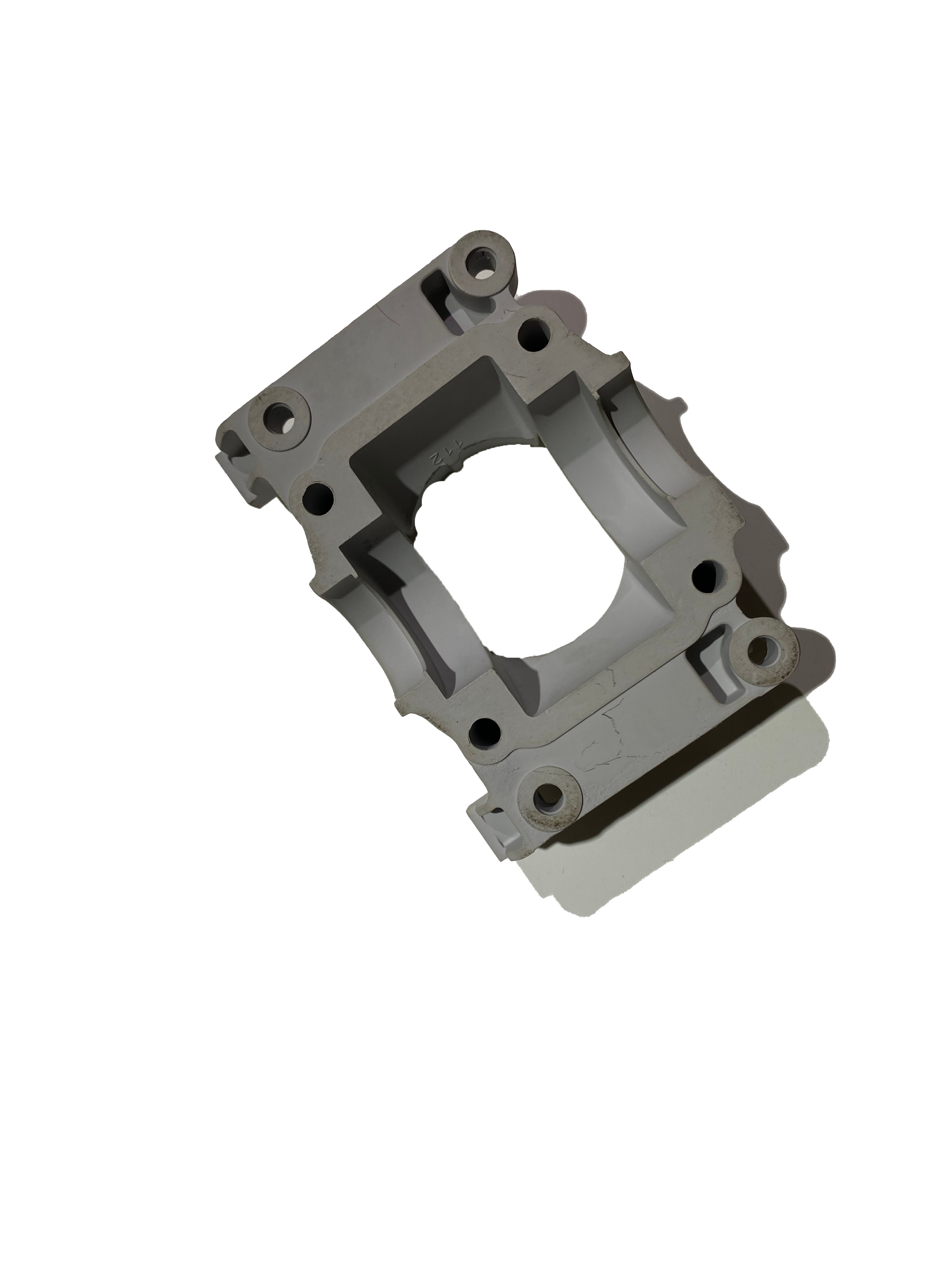Email format error
Email cannot be empty
Email already exists
6-20 characters(letters plus numbers only)
The password is inconsistent
Email format error
Email cannot be empty
Email does not exist
6-20 characters(letters plus numbers only)
The password is inconsistent

News
Which Is Better, Resin Sand Casting or Lost Foam?
Resin sand casting should leave a certain margin as far as possible when considering the time to meet the application, so as to avoid the waste of repeated equipment when the production is expanded due to demand. The greater the liquid shrinkage of the casting alloy, the greater the tendency to form shrinkage cavities; the wider the crystallization temperature of the alloy, the greater the condensation shrinkage, the greater the tendency to form shrinkage porosity. Any method that can promote the reduction of the liquid state of the alloy and the shortening of the condensation period, such as adjusting the chemical composition, reducing the pouring temperature and slowing down the pouring speed, increases the chilling ability of the casting.

Which is better, resin sand casting or lost foam?
Adding the feeding ability during the coagulation process of the casting, as for the gray casting can promote the graphitization during the coagulation, etc., it is beneficial to reduce the formation of shrinkage cavities and shrinkage porosity. There is a regularity between the tendency to form shrinkage cavities and porosity in castings and the composition of the alloy. Directionally agglomerated alloys tend to produce confluent porosity; paste-like agglomerated alloys tend to produce shrinkage porosity, where the amount of shrinkage porosity and shrinkage porosity can be converted into each other, but their total volume remains essentially unchanged.
According to the shrinkage and agglomeration characteristics of the alloy, the correct casting process is formulated, so that the feeding conditions of the casting in the process of agglomeration are established, the shrinkage porosity can be converted into shrinkage holes as much as possible, and the shrinkage holes appear in the final agglomeration position. To make the feeding conditions of the castings established in the cohesion process, it is mainly through controlling the casting cohesion method (selecting the combination of the riser and the cold iron) to make it conform to the "directional cohesion principle" or "coagulation principle".
The surface quality of the casting improves. The resin is pyrolyzed at high temperature, and then forms bright carbon on the surface of the sand grains, and forms a restoring atmosphere at the mold-metal interface, which is of great benefit to reducing the oxidation of the surface of the casting and refining the surface roughness of the casting. Under the conditions of the same particle size and particle size distribution of the original sand, the surface roughness of the casting produced by using the resin as the binder is relatively fine.
Characteristics of resin sand casting and lost foam
In the mold planning output, the three-dimensional modeling is used to describe the mold structure and as the basis for CNC machining, while the two-dimensional drawing is the basis for the part processing process planning. Therefore, the planning of mold parts requires the output of two-dimensional drawings of mold parts. The machining process planning of mold parts not only conforms to the general characteristics of machining process planning, but also needs to make sensitive adjustments according to its own special requirements.
Its general characteristics include the following aspects. Principles of resin and curing agent Since resin and curing agent are important raw material components in resin sand process, how to control the amount of resin and curing agent involved is an important principle for selecting them. Good quality is low, and poor quality The amount of participation should be high, and the high amount of participation means that the gas generation of the molding sand is large.
Since it makes more sense to shorten the line when planning and manufacturing looks. The wire shrinkage rate is generally 1/3 of the bulk shrinkage rate. The alloy undergoes three stages in shrinkage: the liquid shrinkage stage; the condensation shrinkage stage; the solid shrinkage stage. Liquid shortening, when the liquid alloy is cooled from the pouring temperature t to the liquidus temperature t that begins to condense, the shortening of the liquid is called liquid shortening because the alloy is in a liquid state, which is manifested as a drop in the liquid level in the cavity.
Conclusion
For more information about best investment casting wax,lost castings,wax casting aluminum, we are glad to answer for you.

